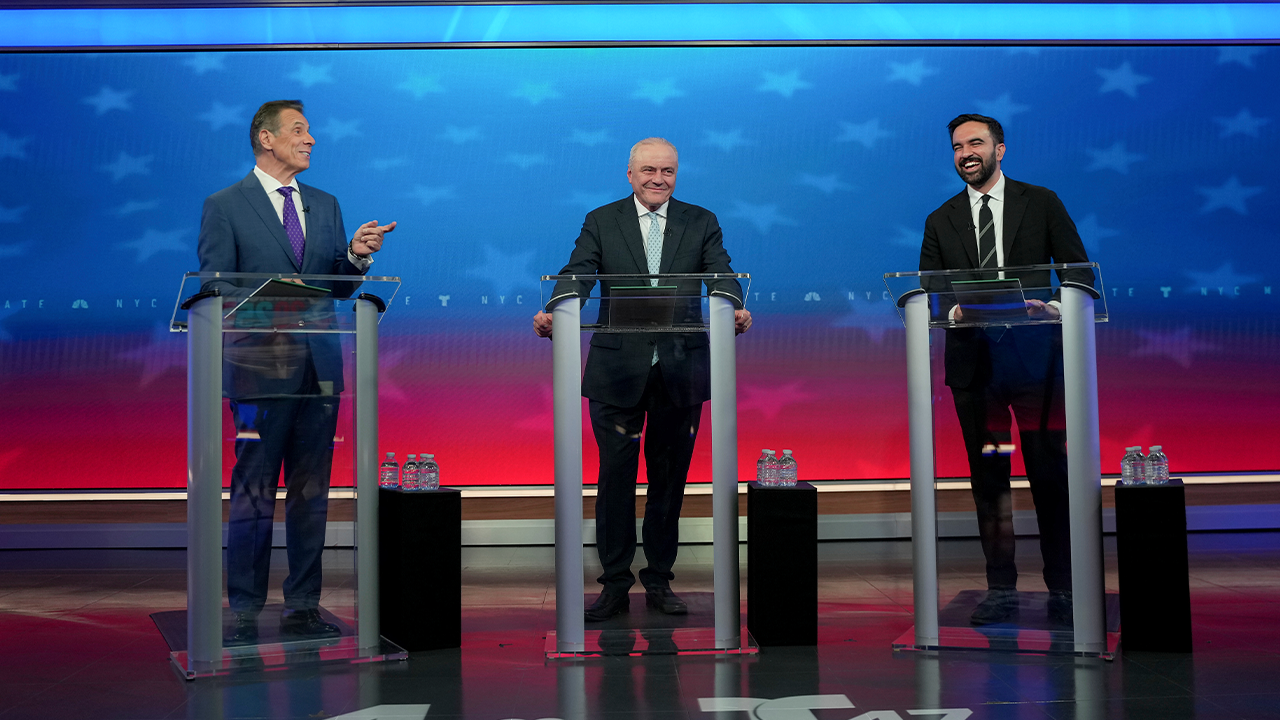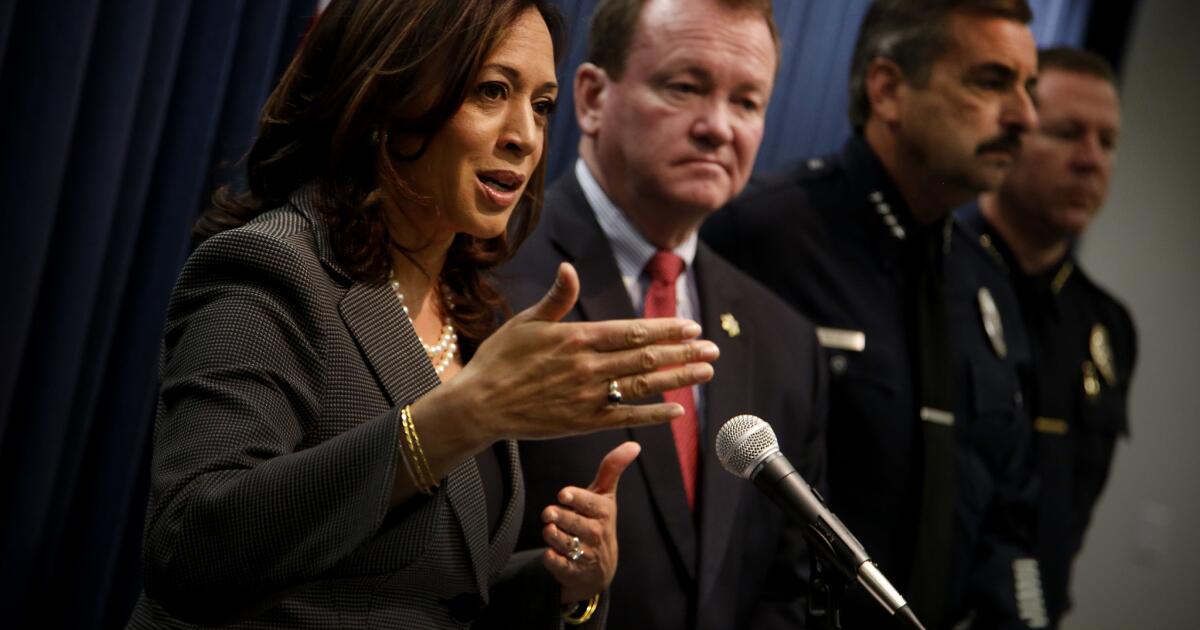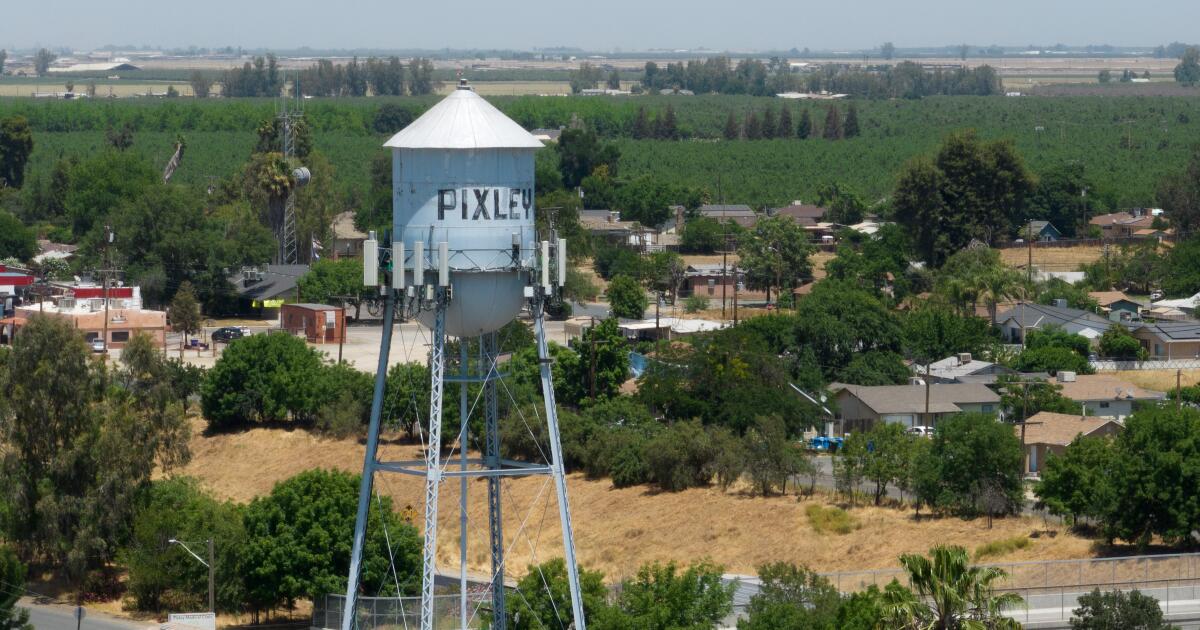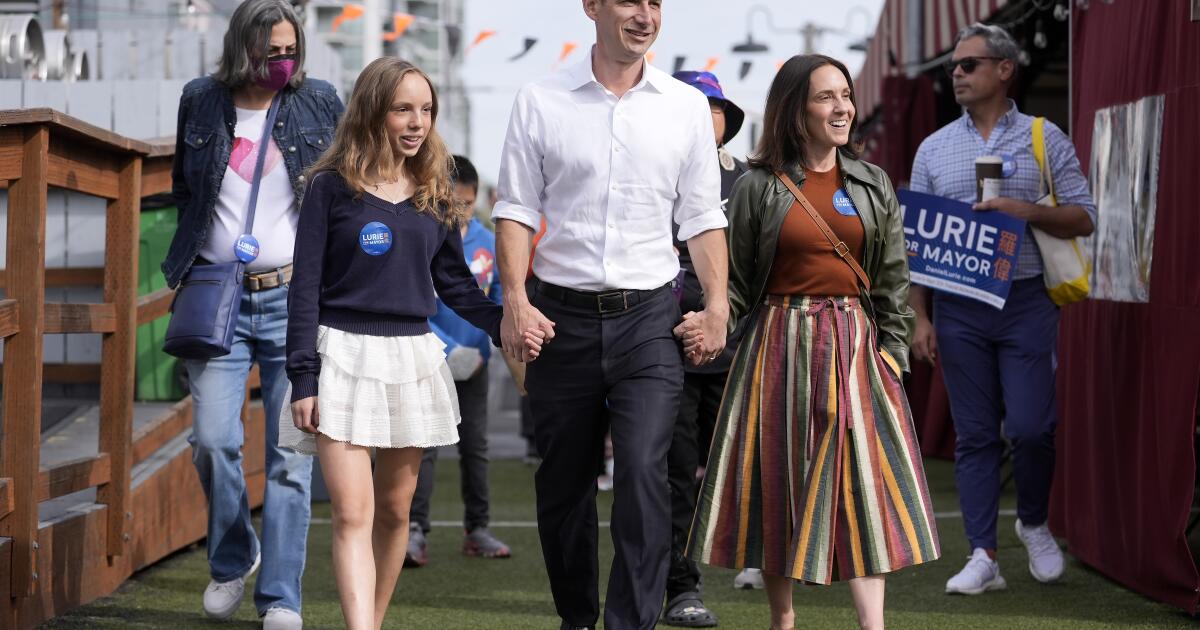Los Angeles owners can soon be required to maintain fresh rental units, or at least make it possible for tenants to do so.
Last month, County supervisors approved a law that requires that owners in unbuilt areas provide a way to keep their rental units at 82 degrees or less. A measure presented on Wednesday at the Council of the City of Los Angeles addresses officials to write the language that fits the same standards.
That occurs when climate change increases the frequency and intensity of heat waves. The extreme heat already kills more people in the United States every year than any other climate related event, according to the National Meteorological Service.
The inner heat sustained above 82 degrees has been linked to an increase in emergency visits, hospitalizations and deaths, according to a press release from the members of the councilor Bob Blumenfield and Eunisses Hernández, who introduced the measure together with the councilor Adrin Nazarian.
“It is a health problem, first of all,” said Nazarian, who said that the effects of extreme heat fall disproportionately in vulnerable populations such as those that are chronically ill. Major residents are much more susceptible to dying by heat or related complications, he said. And the poorest people are more likely to live in larger buildings without duct systems or air conditioning units. “It is essential for us to take measures to protect our residents.”
The Department of Housing and Community Development of California earlier this year urged legislators to adopt the maximum temperature threshold of 82 degrees throughout the state. State law already requires that rental units include equipment that can heat the unit to at least 70 degrees.
“Why should cooling be different?” Blumenfield asked, who represents the hottest part of the city: his third district covers much of the San Fernando Valley. Last year, Woodland Hills, where Blumenfield also lives, reached 121 degrees, the highest temperature ever recorded in Los Angeles. “We always have heat blows and all kinds of health -related problems occur when it is very hot,” he said.
The intention of the proposed measure is to be as close as possible to the County regulations, including the provisions that provide flexibility to the small owners, said Blumenfield. For example, the county rules allow owners who have 10 or less units to meet the temperature requirement for only one room until 2032. And although the law entered into force this month, it will not apply until 2027.
The measure will take some time to write and be heard by several committees, but could vote before the full council in a matter of months, said Blumenfield.
If it happens, Los Angeles would join a growing list of cities that have adopted maximum rental thresholds for rentals. In Phoenix, units with air conditioning should be able to maintain a temperature of 82 degrees or less. In Clark County, Nev., The units must be able to remain at 85 degrees or coolers. In Palm Springs, the units must have air conditioning and be able to maintain 80 degrees. Dallas requires that the owners maintain buildings at least 15 degrees colder than the outside temperature, but no more than 85 degrees, and New Orleans requires that the units can maintain a maximum temperature of 80 degrees in all rooms.
The Assn apartment. The great Los Angeles firmly opposed the measure, saying that it would increase the cost of housing and, ultimately, would lead to higher rentals.
It is difficult to maintain a unit at 82 degrees without using an air conditioning, which can be expensive for both owners, which may need to update the electrical service of the buildings, and the tenants, which must pay the public service invoices, according to Daniel Yukelson, executive director and executive director of the group.
“Any cooling device will be ineffective if it is too expensive to operate because tenants cannot pay electricity,” he wrote in an email. “It's like prescribing medications with a copayment that is too high for a patient to fill out.”
Yukelson also questioned whether the electricity network can accommodate the additional load, saying that customers are already subject to blackouts and drugs during the summer.
Nazarian and Blumenfield pointed out that the law does not require air conditioning, and said that the units could remain cold with other interventions, including cold roof technology and window dye. The Los Angeles Water and Power Department also offers reimbursements to help certain customers buy air conditioners, said Nazarian.
Grace Hut, Deputy Director of Policy and Defense of the strategic actions of the tenant rights group for a fair economy, said that their organization has spoken with many tenants whose owners have actively banned them to install air conditioning units. While understanding concerns about public services prices, tenants finally want to choose whether or not to light an air conditioning and assume the highest electricity costs, he said.
“In extreme heat days, air conditioning access can be a matter of life and death, and they should have the option to use it,” he said.
The city must also devote resources to enforcing the temperature threshold rules and helping tenants to pay their public service invoices to reduce the load, he added.
“Climate change will only continue to exacerbate this problem, so it is really important that we take measures immediately,” he said.
Last year it was the warmest registered worldwide, and it is projected that temperatures will continue to increase. In 2022, an investigation of the Times revealed that the heat probably caused around 3,900 deaths in California during the previous decade, six times the official state count, and that the sub -meter has contributed to the lack of urgency to face the crisis.
Times staff writer, Rebecca Ellis, contributed to this report












